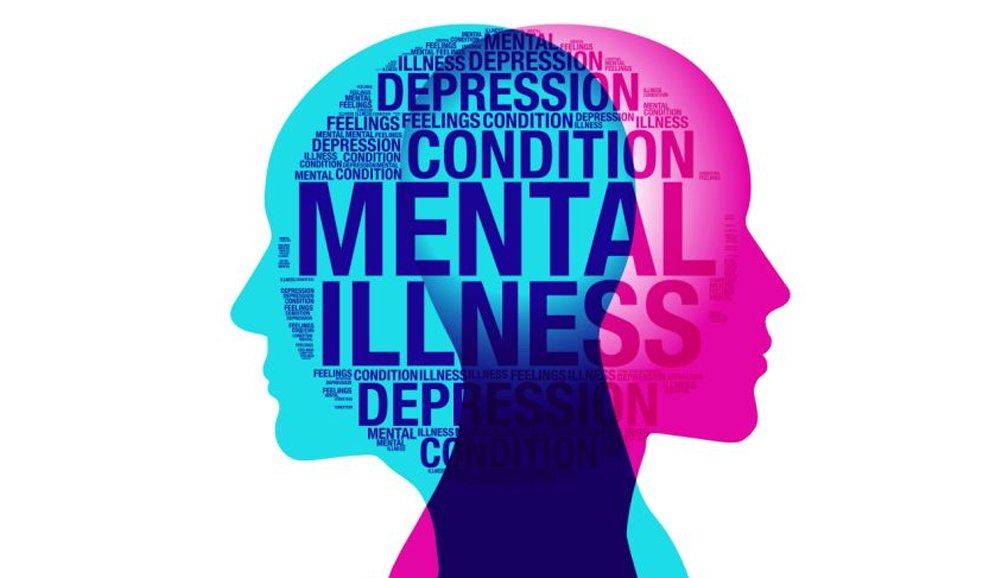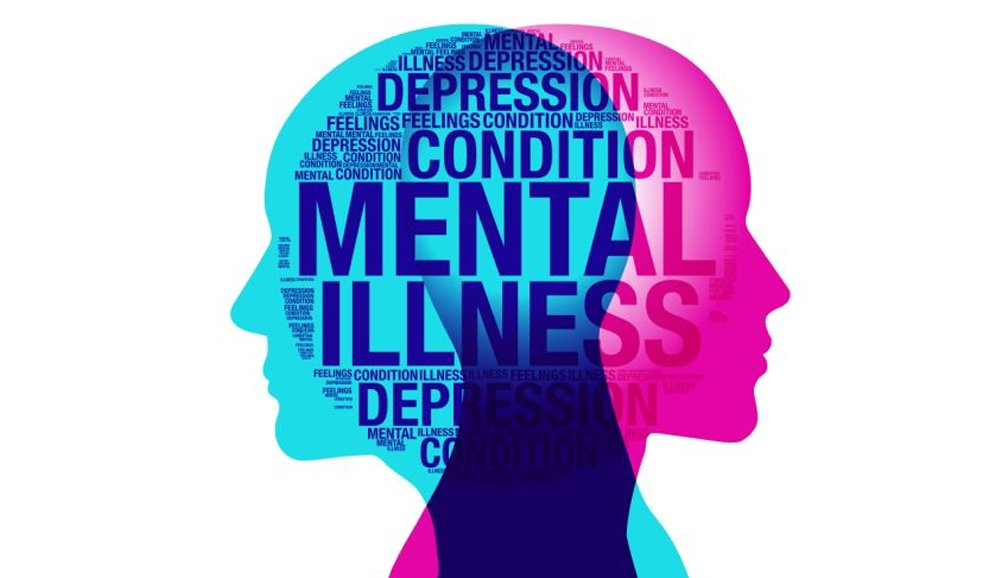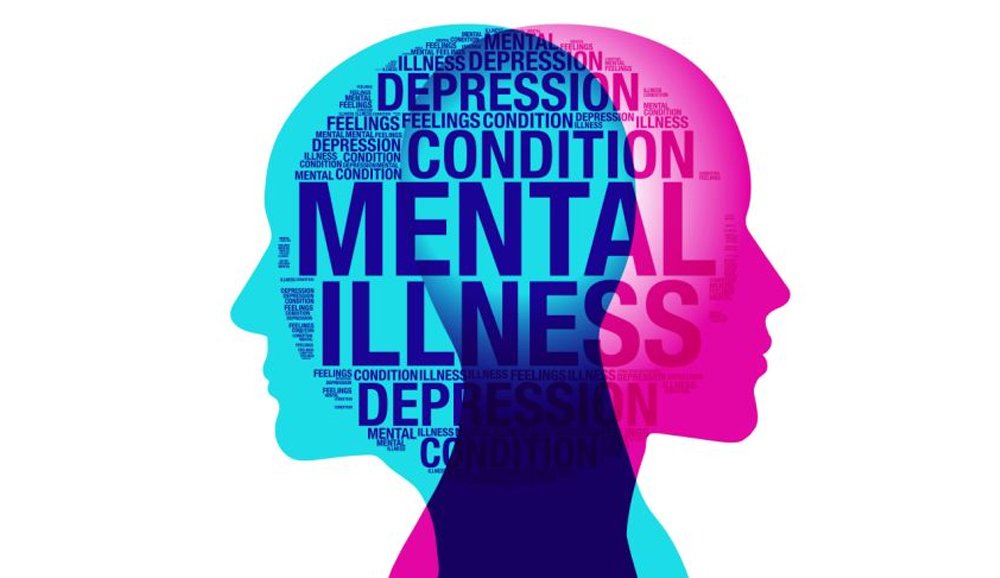Conducting a Comprehensive Mental Status Exam: Tips and Techniques
Dec 26, 2023
Appearance and Behavior.
Presentation of appearance and behavior commonly refers to how an individual appears at the onset of the session. Therapist observation is made of an individual's physical appearance, grooming, and overall behavior. Look for unusual or inappropriate behaviors, such as restlessness, agitation, or bizarre clothing choices. Two examples include a client who shows up to a session in mid-July wearing a winter parka or another who is odorous, has patches of hair missing, and is unkempt.
Appearance and behavior also include the individual's demeanor, any notable mannerisms, or other behavior such as restlessness, fidgeting, eye contact, body language, and overall level of engagement. An individual's speech should also be assessed, including looking at rate, volume, fluency, and content in demonstrated speech patterns,
A clinician must consider how a client's cultural background affects their appearance and behavior and not place value judgments based on their own life experience. An example is an Indigenous client may feel emotionally unsafe during an assessment with a white clinician. The white clinician may identify the client as 'guarded' or 'uncooperative,' but the reality is the client is rightfully bringing their survival skills from a historical context into the interaction.
Related Posts



